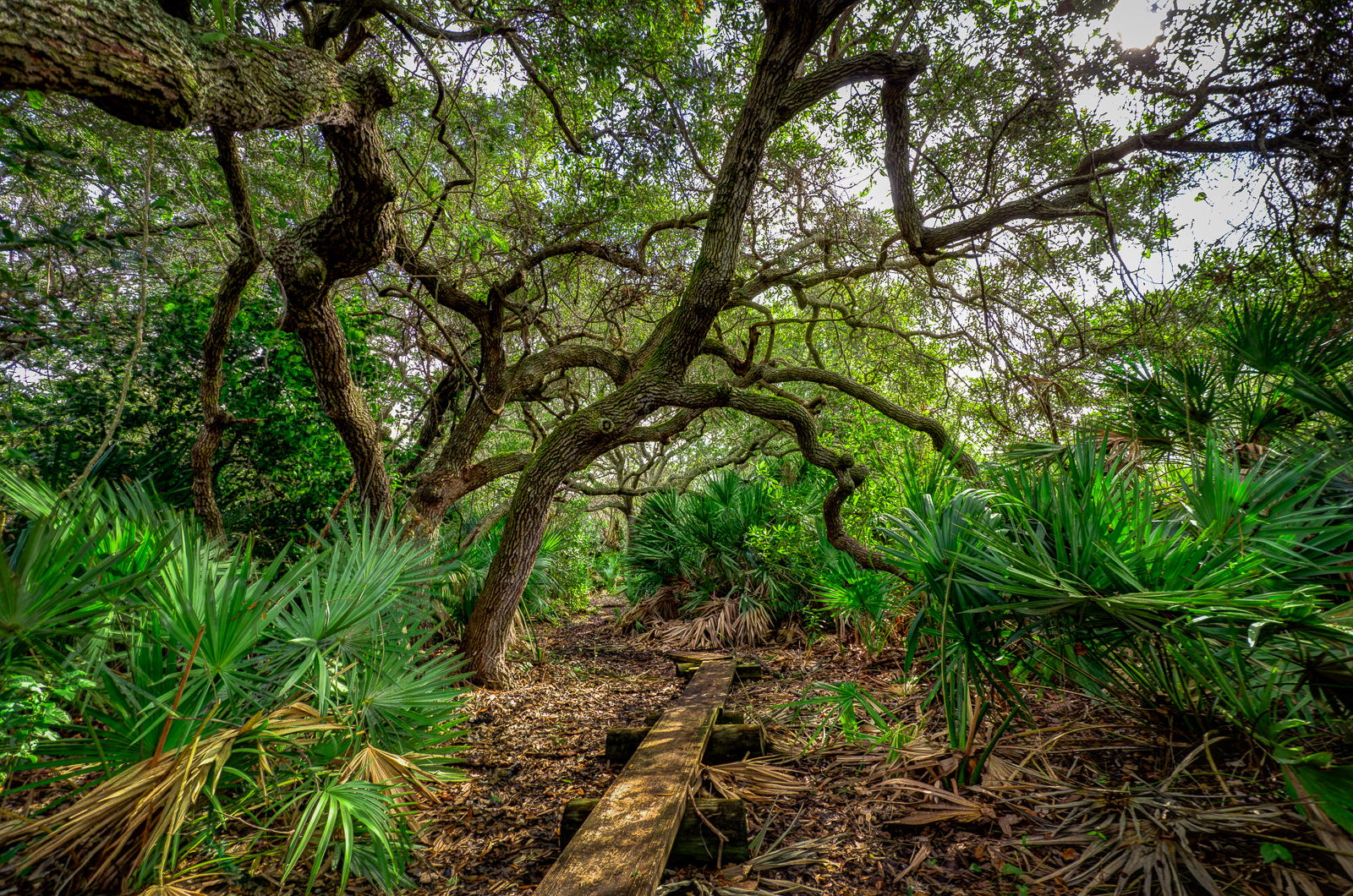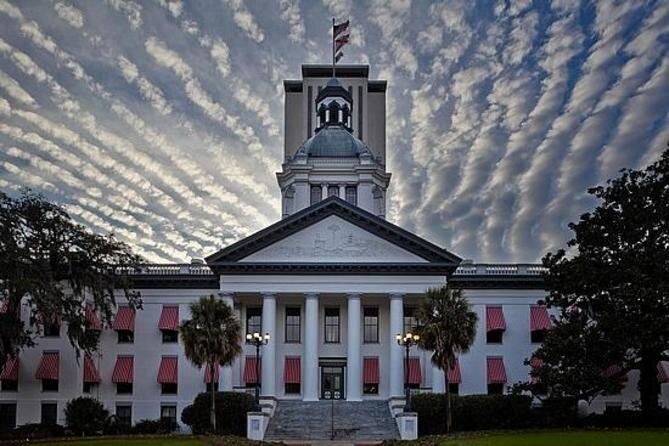We work to promote land conservation through effective education and advocacy.
Conservation Florida’s Conservation Advocacy Team strives to work with our State’s leaders to build long-term support for land conservation in Florida. We believe that the health of our State is directly correlated to the health of our land. Land conservation is a broad and powerful solution to building a sustainable Florida. Our team advocates for saving land: for nature, for people, forever.
Conservation Florida engages in land conservation advocacy at a statewide level. Our advocacy includes meeting with state legislators and policymakers to make our case for meaningful land conservation funding in the state budget, promote our conservation projects, and share our mission and vision. It also includes joining with other groups who share our conservation goals and harnessing public support for land acquisition and conservation programs.
Why is our work urgently needed?
We’re now in the last great push for land conservation in Florida.
To us, there are three pressing challenges to conservation – a growing population, loss of habitat, and reduced and inconsistent funding for conservation…and not a lot of time left to do something about it.
Rapid Human Population Growth
Florida is the third most populous state in the nation. Our population is growing by nearly 1,000 newcomers each day and is projected to exceed 30 million residents by 2060. With this rapid growth comes a greater demand for water and more development of rural and natural lands for urban uses. This we know for sure: more people are coming, and they will need food, water, and housing. How we manage our natural resources over the next 10 to 20 years – what we save and what we pave – will undoubtedly determine Florida’s Conservation Future. Our vision accommodates future population growth while striving to protect Florida’s rich, natural heritage.
Habitat Fragmentation and Species Isolation
As Florida’s population booms, new roads, housing developments, and shopping centers fragment natural ecosystems. Poorly planned expansion of cities cuts off natural movement corridors used by wildlife. The importance of maintaining landscape connectivity to ensure the survival of wide-ranging wildlife species, such as black bears, has been documented for nearly 30 years. Yet, there is still no coordinated, statewide effort to protect natural corridors that provide wildlife with access to safe passageways between conservation areas.
Without conservation corridors, iconic species like the Florida black bear and the Florida panther are at risk of becoming isolated in small islands of protected lands. Corridors allow individual animals from different populations to successfully breed with each other and ensure genetic diversity. They also allow animals to move to different habitats to find food and water as part of their natural migration patterns.
Funding for Land Conservation
Did you know that Florida was a leader in land conservation? Our “Florida Forever” program was once the nation’s largest land-buying program and was once funded at about $300 million a year. The program has not seen consistent funding in years.
In 2014, over 75% of Florida voters approved the Florida Water and Land Acquisition Amendment to restore funding for land conservation. However, consistent and meaningful funding for critical land protection programs including Florida Forever and the Rural and Family Lands Protection Program (RFLPP) has not yet materialized.
2024 Legislative Priorities
Priority 1: Funding for Land Acquisition Programs
Conservation Florida supports funding of land acquisition programs at a minimum of $100 million for FY 2024.
Why:
Florida faces a growing population, an extraordinary rate of habitat loss and fragmentation, and inconsistent funding for land conservation.
Florida is the third-most populous state in the nation, growing by nearly 1,000 newcomers each day. We’re projected to exceed 30 million residents by 2060. With this comes a greater demand for water and the development of rural and natural lands for urban use. How we manage our natural resources over the next 10 to 20 years – what we save and what we pave – will undoubtedly determine Florida’s conservation future, and the future of Florida as a whole.
More, Florida is home to dozens of distinct ecosystems, each important and home to plants and animals that depend on their unique qualities. From providing habitat to rare and endangered species found nowhere else on Earth, to cleaning and storing water, Florida land plays an imperative role in the health of our State.
We believe conservation of both natural and agricultural lands is necessary for a healthy, vibrant Florida future.
These programs need consistent, meaningful, and predictable annual funding in order to achieve successful outcomes for our State. Land conservation deals can take several years to accomplish and are complex and time consuming. The lack of consistent funding has produced serious constraints to our most successful programs.
Florida Forever succeeded Preservation 2000 in 1999 as the preeminent program for conserving Florida’s environment. The Florida Forever Act (Florida Statute 259.105) empowers the State to conserve its natural and cultural heritage, provide urban green space, and manage the land acquired and held by the State. Under the Preservation 2000 and Florida Forever programs, Florida has acquired more than 2.4 million acres! We say that to show that it works.
We have much more work to do. In fact, we have 6 million more acres the protect within the Florida Wildlife Corridor.
Priority 2: Wildlife Corridors
Conservation Florida supports the prioritization of strategic land acquisition, both fee and less-than-fee, that will build wildlife corridors and buffer or add to existing conservation lands.
Conservation Florida supports dedicated funding for the protection of the Florida Wildlife Corridor.
Why:
Connectivity preserves wildlife habitat and gives wide-ranging animals like Florida black bears and panthers the territory they need to survive and thrive. We call it “room to roam.”
As Florida’s population booms, new roads, housing developments, and shopping centers fragment natural ecosystems. Expansion of cities cuts off natural movement corridors used by wildlife. The importance of maintaining landscape connectivity to ensure the survival of wide-ranging wildlife species, such as black bears, has been documented for nearly 30 years.
Without conservation corridors, iconic species like the Florida black bear and the Florida panther are at risk of becoming isolated in small islands of protected lands. Corridors allow individual animals from different populations to successfully breed with each other and ensure genetic diversity. They also allow animals to move to different habitats to find food and water as part of their natural migration patterns.
More, strategic land acquisition of wildlife corridors will allow for coastal wildlife to migrate inland as the State battles sea level rise.
Wildlife corridors can be achieved via fee acquisitions and/or less-than-fee acquisitions (easements).
Priority 3: Conservation of Agricultural Lands
Conservation Florida supports the prioritization of less-than-fee acquisitions of conservation easements on agricultural lands that provide environmental and ecosystems benefits, such as ranches and timberlands.
Why:
Conservation easements on agricultural lands, both in the Rural and Family Lands program and via Florida Forever, are imperative and critical to maintaining the longevity and health of the agricultural industry while also preserving habitat, water quality, and wildlife corridors.
Agricultural lands are playing multiple roles: providing critical habitat to our native species, while remaining productive. From the swamps to the sandhills, ranches in Florida are key to supporting our unique biodiversity and an array of habitats on a landscape-scale. Many ranches and timberlands preserve landscapes in their natural and untouched conditions, keeping lands wild and harboring pockets of old Florida.
Scientists have discerned that improved pastures can support some imperiled species of our native wildlife, like the Crested Caracara.
Agricultural lands provide some of the last remaining vast landscapes in our State and are critical to the long-term vision and maintenance of a statewide wildlife corridor. Without ranches and other agricultural lands, our greenways and wildlife corridors would be fragmented and lost forever.
The demand for conservation easements on ranchlands in particular is astronomically higher than funding provided by the State. Programs that support less-than-fee acquisitions on these lands must be funded.


